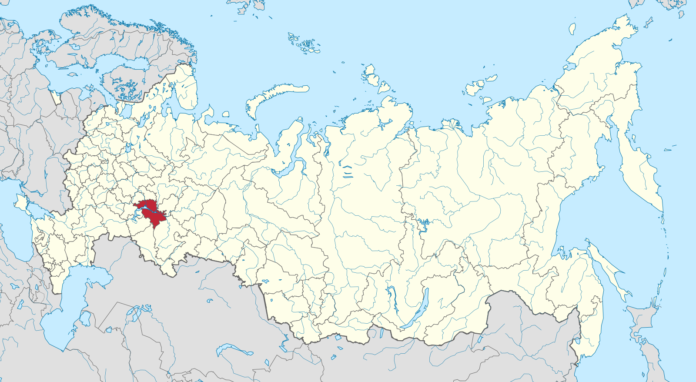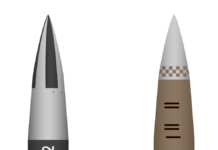Early this morning, Ukraine launched a drone strike against Russia’s third-largest oil refinery. This operation, targeting the Taneco refinery deep within Russian territory, about 1,300 km (800 miles) from the war’s front lines, marks a substantial shift in the dynamics of the conflict between the two nations. The refinery, nestled in the Tatarstan region, boasts a processing capacity of 340,000 barrels per day, making it a crucial asset in Russia’s oil infrastructure.
Despite the dramatic reach of the strike, the damage inflicted on the refinery’s primary refining unit, CDU-7, was assessed to be manageable. Industry insiders, speaking anonymously, conveyed that while the attack prompted a fire, it was swiftly brought under control, and the facility’s output remained uninterrupted. Ramil Mullin, the mayor of Nizhnekamsk where the refinery is located, echoed this sentiment, indicating that the facility sustained no lasting harm.
This deliberate strike reflects Ukraine’s tactical shift towards targeting key Russian economic assets, particularly those that bolster Russia’s oil revenue. This strategy emerges amidst ongoing Russian missile attacks on Ukrainian energy infrastructure, with Kyiv aiming to undermine Moscow’s oil trade. By choosing such strategic targets, Ukraine is not only looking to cut into Russia’s financial resources but also to adapt its military strategy to the evolving nature of modern warfare.
The utilization of drones for such operations showcases Ukraine’s advancement in military capabilities, allowing for precise strikes deep within enemy lines. Recent statements from Ukrainian officials have highlighted an increase in the production of long-range drones, capable of carrying out operations over distances exceeding 1,000 km. This development is a testament to Ukraine’s commitment to enhancing its strategic offensive capabilities.
The attack on the Taneco refinery is part of a broader series of operations targeting Russian oil facilities, aimed at disrupting Moscow’s ability to finance its military endeavors. Such strategic strikes are a clear message from Ukraine, demonstrating its resilience and capacity to respond to Russian aggression innovatively and effectively.
As the conflict unfolds, the international community remains watchful, aware of the potential ramifications such strikes have on global oil markets and the risk of further escalation. These operations against Russian oil infrastructure underscore the complex and ever-evolving nature of the conflict, challenging traditional notions of warfare and strategic targets.
The drone strike on Russia’s Taneco refinery by Ukraine signals a strategic expansion of the conflict’s scope. As both nations continue to adapt and respond, the broader implications for regional stability and international economic interests remain a concern. This operation, indicative of Ukraine’s growing military sophistication, represents a shift in the tactics employed in the conflict, with far-reaching consequences for both the immediate and broader geopolitical landscape.
Image is licensed under the Creative Commons Attribution-Share Alike 4.0 International license and was created by Stasyan117.








